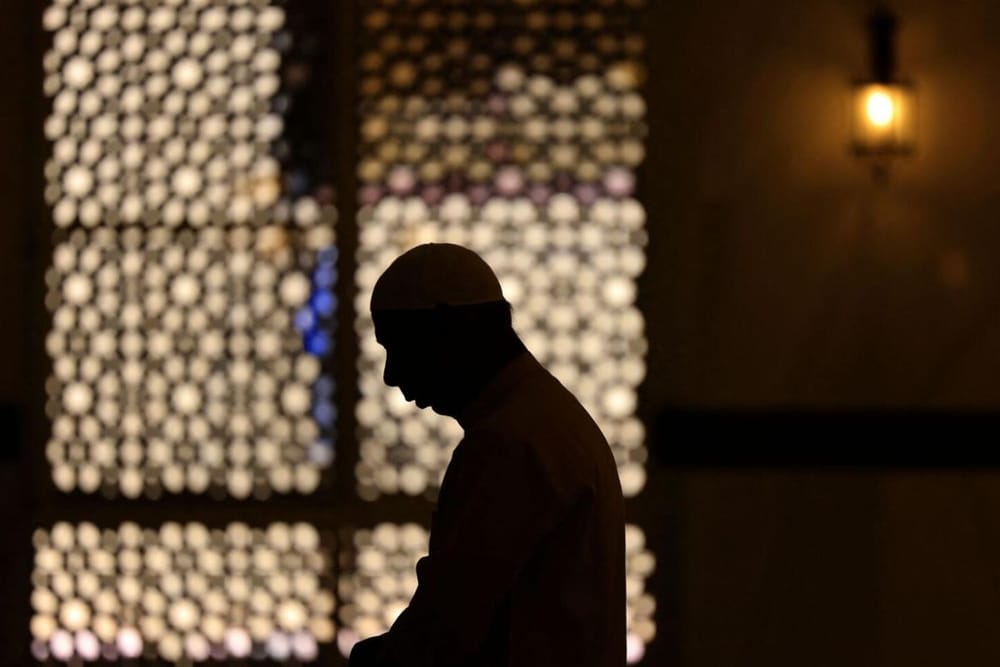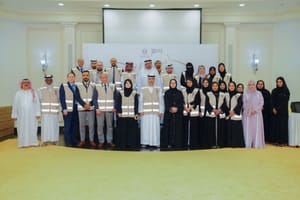The actual dates of the holy month and the festival are subject to when the crescent moon is sighted.
The holy month of Ramadan is most likely to begin on Tuesday, March 12, as per the latest astronomical calculations. The month of fasting is expected to last the full 30 days, which may result in a six-day holiday for residents to mark the Islamic festival of Eid Al Fitr.
The actual dates of the holy month and the festival are subject to when the crescent moon is sighted — which traditionally determines the start and end dates of months in the Islamic Hijri calendar.
“As per (astronomical) maps, on March 11, the Moon is quite visible with the naked eye in many regions, suggesting that (the next day — March 12) … is a likely date for the start of Ramadan. The maps show widespread green areas, indicating favourable conditions for a naked-eye sighting of the new crescent Moon.
“Islamic (months) … traditionally start with the sighting of the crescent Moon, which marks the beginning of a new lunar month. Similarly, the end of the month is determined by the sighting of the next crescent Moon,”
she explained.
The UAE’s Moon sighting committee is expected to convene on March 10. If spotted, March 11 will be the first day of Ramadan. If not, March 12 becomes the definite start date of the month.
6-day holiday for Eid Al Fitr?
The expert said the holy month will last 30 days as per astronomical calculations. If this is the case, Ramadan 30 will fall on Wednesday, April 10. As per the list of holidays announced by the UAE government for public and private sectors, residents will get a break from Ramadan 29 till Shawwal 3 to celebrate Eid Al Fitr.
If astronomical calculations are correct, the corresponding dates on the Gregorian calendar are from Tuesday, April 9 (Ramadan 29), to Saturday, April 13 (Shawwal 3). If one factors in the Sunday weekend, that’s a six-day break.
Will solar eclipse affect Moon sighting?
On April 8, a total solar eclipse will see the Moon cover the Sun, casting a shadow on Earth. There were concerns that the celestial event would affect the sighting of the Moon to determine Eid Al Fitr dates.
When asked about this, Khadijah said:
“While the eclipse itself might not directly impact the Moon sighting for Eid, it can influence the visibility conditions in certain areas, potentially making the crescent Moon harder to see. Islamic authorities take such astronomical events into account when making official declarations.”
Weather, fasting hours
Typically, the weather in Dubai during March-April would be “warm to hot”, with increasing temperatures towards the end of Ramadan.
In Dubai, the duration of fasting hours will start from approximately 13 hours and 45 minutes at the beginning of the month. This will gradually increase to about 14 hours and 25 minutes by the end of Ramadan.
“This variation is due to the changing length of the day as the month progresses,”
explained the expert.
How accurate are astronomical calculations?
Astronomical calculations are used to estimate the birth of the new Moon and predict when it is likely to be seen in a particular location.
“These calculations are quite accurate and can help in planning, but for religious observances, the actual sighting of the Moon is often preferred. Some Islamic authorities accept astronomical calculations to determine the start of Ramadan, especially in regions where physical sighting is difficult,”
explained Khadijah.
The traditional practice of Moon sighting depends on actual human observation, which may not always align with astronomical models.
“Ultimately, the confirmed start of Ramadan is based on the physical sighting of the Moon, which can affirm or adjust the predicted date.”
News Source: Khaleej Times









